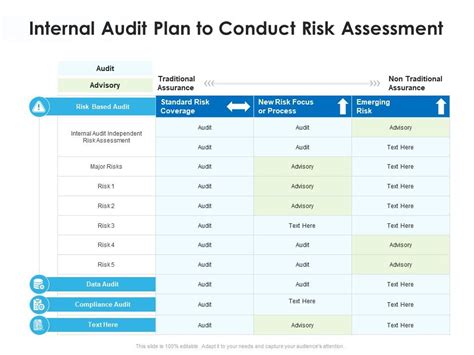How to Conduct a Risk Assessment for Cryptocurrency Investments
The world of cryptocurrencies has exploded in popularity over the past decade, with many individuals and institutions investing in this new form of digital currency. However, as with any investment, there are risks involved. In this article, we’ll discuss how to conduct a risk assessment for cryptocurrency investments and provide you with a framework for making informed decisions.
Why Risk Assessment is Crucial
Before investing in cryptocurrencies, it’s essential to conduct a thorough risk assessment. This will help you identify potential pitfalls and make smart decisions about your investment portfolio. Cryptocurrencies are known for their volatility, which means that prices can fluctuate rapidly and unpredictably. This can result in significant losses if not managed properly.
Types of Risks
When assessing the risks associated with cryptocurrency investments, there are several types to consider:
- Market risk: This refers to the potential loss of value due to changes in market sentiment or economic conditions.
- Liquidity risk: This occurs when you’re unable to sell your assets quickly enough to realize a profit.
- Regulatory risk: Changes in laws and regulations can impact the value and usage of cryptocurrencies.
- Security risk: Cryptocurrencies are not insured, and hackers may target them for their valuable assets.
- Operational risk: Technical issues or downtime can disrupt your ability to use and exchange cryptocurrencies.
Conducting a Risk Assessment
To conduct a thorough risk assessment for cryptocurrency investments, follow these steps:
- Research the market: Stay up-to-date with industry news, trends, and sentiment analysis of popular cryptocurrencies.
- Understand the underlying assets

: Learn about the technology, use cases, and potential applications of various cryptocurrencies.
- Evaluate the risks: Identify potential risks associated with each cryptocurrency, including market risk, liquidity risk, regulatory risk, security risk, operational risk, and other factors.
- Assess your investment goals: Define what you’re trying to achieve through investing in cryptocurrencies, such as diversification or long-term growth.
- Diversify your portfolio: Spread your investments across multiple cryptocurrencies to minimize risk.
Cryptocurrency Risk Assessment Framework
Here’s a framework for conducting a risk assessment for cryptocurrency investments:
- Market sentiment analysis: Look at the overall market mood and sentiment towards various cryptocurrencies.
- Trend analysis: Identify trends in price movements, using technical indicators such as moving averages and relative strength index (RSI).
- Regulatory analysis: Research potential changes in regulations affecting cryptocurrencies.
- Liquidity analysis: Evaluate the liquidity of different cryptocurrencies and their use cases.
- Security analysis: Assess the security measures in place for each cryptocurrency, including anti-money laundering (AML) and know-your-customer (KYC).
- Operational risk assessment: Evaluate the technical requirements for using each cryptocurrency and potential risks associated with operational issues.
Example: Conducting a Risk Assessment
Let’s say you’ve decided to invest in Bitcoin (BTC). To conduct a risk assessment, consider the following:
- Market sentiment analysis: The overall market mood towards Bitcoin is positive, driven by increasing adoption and improving institutional investment.
- Trend analysis: Bitcoin has shown steady growth over the past year, with price movements largely driven by speculation and limited supply.
- Regulatory analysis: There have been no significant regulatory changes affecting Bitcoin in recent times.
4.
